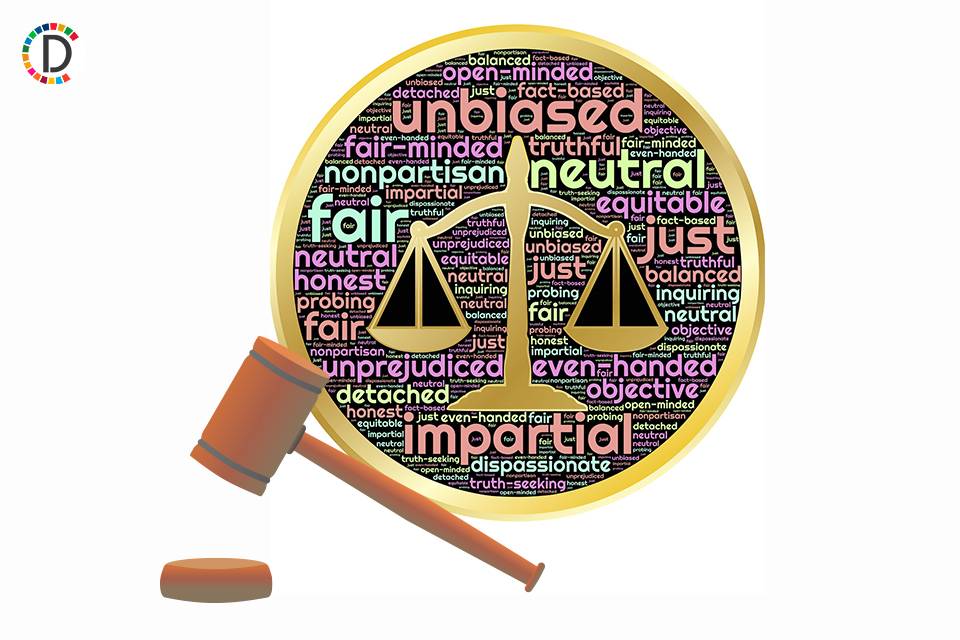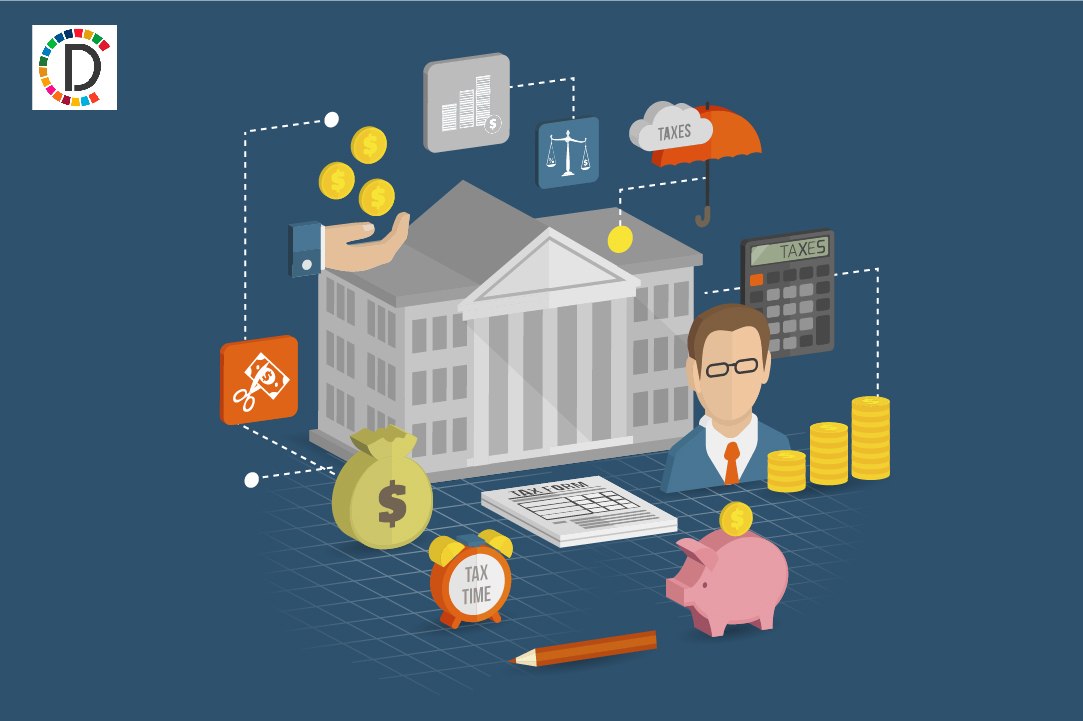
By Kayode Adeniyi In 2006, Microsoft launched Zune, a sleek MP3 player designed to take on Apple’s iPod. It had the backing of one of the world’s most powerful tech companies, a well-funded marketing campaign, and hardware specs that matched its competition. Yet, within five years, Microsoft quietly pulled the plug.
The Zune wasn’t a bad product, it was just a product that didn’t have network effects, software lock-in, or a differentiated ecosystem. In the economics of digital product innovation, those factors matter far more than raw product specifications. Digital products don’t operate like traditional goods.

They follow a different set of economic rules, rules where marginal costs approach zero, ecosystems determine survival, and data functions as currency. The companies that understand this, Amazon, Google, and Apple, aren’t just good at creating digital products. They’re good at making those products indispensable.
Digital Product Innovation and the Economic Shift For most of history, economic value was built on scarcity. If you owned an oil field, a gold mine, or a fleet of ships, you controlled something finite, something others had to pay for. Digital products upend this logic.
Software can be copied endlessly at near-zero cost, cloud services scale infinitely, and platforms grow stronger as more people join them. This is why tech companies can sell software subscriptions with 90%+ gross margins, a level unheard of in manufacturing or retail. Google, which made $324 billion in revenue last year, put it plainly in an investor report: “Our scale advantages allow us to invest in AI, cloud, and computing power in ways that drive future growth at nearly no marginal cost.
” The shift from physical to digital isn’t just about efficiency. It’s about compounding returns. If Tesla builds a factory, the second car costs roughly as much as the first.
If OpenAI trains a language model, every new user makes the product smarter, at no additional cost. During my conversation with Felix, Blessing Bukola, Product Lead at a leading startup, explains: “The best digital products aren’t just features wrapped in code, they’re behaviors. They don’t just solve a problem; they rewire how people think about the problem itself.
If your product isn’t shaping habits, it’s vulnerable.” That’s why every modern tech firm chases network effects. A product with network effects gets better as more people use it, social platforms, payment apps, search engines.
Unlike traditional goods, where demand eventually plateaus, digital platforms become more valuable over time. How Companies Make Money in Digital Innovation The first rule of digital monetization: Don’t sell products, sell ecosystems. McKinsey and Bain have studied digital business models for years, and their conclusion is clear: companies that build interlocking services grow faster and retain customers longer.
Their report on subscription models states: “Standalone products struggle to retain users. When products are bundled into ecosystems, customer retention rises 60%, and monetization opportunities expand exponentially.” This is why Apple doesn’t just sell iPhones, it sells iCloud, the App Store, Apple Pay, and a privacy moat that locks users in.
It’s why Amazon Prime isn’t just about fast shipping; it’s a customer lock-in strategy that makes people more likely to buy groceries, subscribe to Kindle Unlimited, and use Alexa-powered devices. The best digital businesses monetize in one of five ways: Subscriptions (Netflix, Microsoft 365, ChatGPT Plus) Freemium + Upsells (LinkedIn, Spotify, Dropbox) Advertising + Data Monetization (Google, Facebook) Transaction Fees (Amazon Marketplace, Apple App Store, Stripe) API + Enterprise Licensing (AWS, Snowflake, OpenAI) Subscription-based models have become the holy grail. Unlike one-time purchases, subscriptions compound revenue over time.
This is why Adobe ditched boxed software sales in 2013 and shifted to Creative Cloud. The transition hurt in the short term, investors panicked, and revenue dipped. But over time, subscriptions made Adobe more profitable, increased customer lifetime value (CLV), and insulated the company from economic downturns.
Advertising-based models are different. They thrive on scale and precision. The bigger the user base, the more data is available to refine ad targeting.
Facebook’s ability to predict what you’ll click before you know you want it isn’t luck, it’s an economic flywheel powered by AI, engagement metrics, and personal data. Why Some Digital Products Fail (and Others Don’t) There’s a reason Google Glass flopped while the Apple Watch became a staple. There’s a reason Amazon Fire Phone disappeared in a year while Alexa-powered devices exploded.
It’s not just about product quality, it’s about the underlying economic mechanics. Felix, Blessing Bukola also explains that: “The hardest lesson in digital innovation is that the best product doesn’t always win. The product that wins is the one that integrates into people’s lives with the least friction.
” Friction is the silent killer of digital products. If switching costs are high, if a product requires too much effort to adopt, or if it doesn’t plug into existing habits, it struggles. This is why Microsoft Teams overtook Slack, not because Slack was bad, but because Microsoft bundled Teams into enterprise software that companies were already paying for.
The most successful digital products embed themselves in ecosystems that reduce switching costs, increase utility over time, and create habit loops. Consider: Gmail locks users into Google’s ecosystem (Drive, Calendar, Docs, Meet). TikTok’s AI learns user preferences faster than competitors.
AWS makes it expensive for companies to leave by offering deep integrations. Once users are locked in, pricing power increases. Switching to a competitor isn’t just about price, it’s about losing integrations, retraining staff, and disrupting workflows.
This is why Salesforce dominates enterprise software: once a company builds its CRM system around Salesforce, ripping it out is like performing surgery on a business. Regulatory and Competitive Pressures As powerful as digital economics are, they attract scrutiny. Governments and regulators are cracking down on market concentration, privacy violations, and anti-competitive practices.
The European Union’s Digital Markets Act (DMA) is forcing companies like Apple and Google to open up their platforms, reduce data monopolies, and enable interoperability. But even with regulatory pressure, the economic fundamentals of digital innovation aren’t going away. As AI, blockchain, and automation reshape industries, the same forces, network effects, zero marginal costs, and ecosystem-driven growth, will drive the next wave of winners and losers.
Companies that succeed in digital innovation don’t just make great products. They design economic systems that sustain long-term value. They create pricing models that maximize lifetime revenue.
They build platforms that attract third-party developers. And they leverage data to continuously refine engagement and retention. The difference between a digital product that thrives and one that disappears isn’t just technology.
It’s strategy, economics, and execution. Because in digital markets, the best product isn’t the one that works, it’s the one that becomes indispensable. Kayode Adeniyi is a technology and innovation strategist.
He is currently an MSc Candidate at the London School of Economics and Political Science (LSE), where he explores the intersection of technology, innovation, policy, and sustainability. Update: In 2025, Nigerians have been approved to earn US Dollars as salary while living in Nigeria. Click here to learn how it works.
Join Daily Trust WhatsApp Community For Quick Access To News and Happenings Around You. Digital Product economics innovation.















